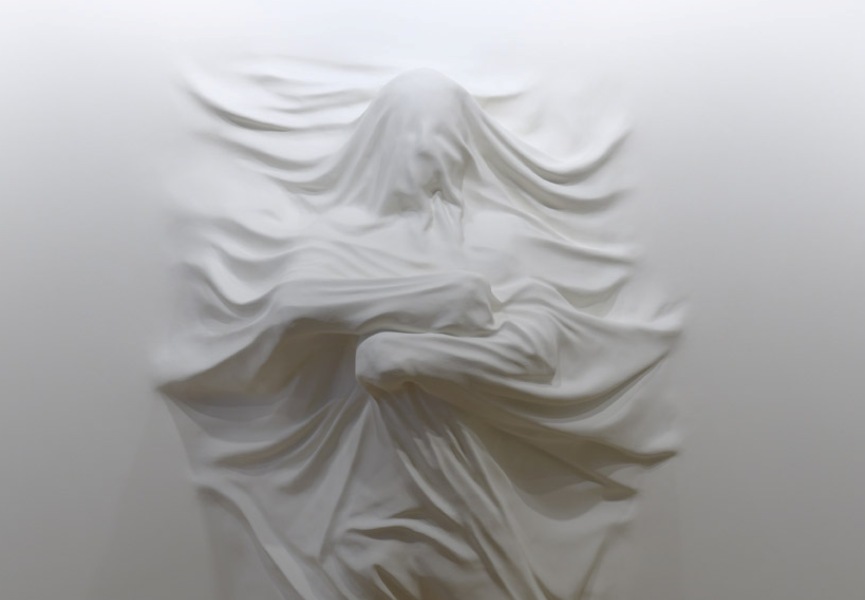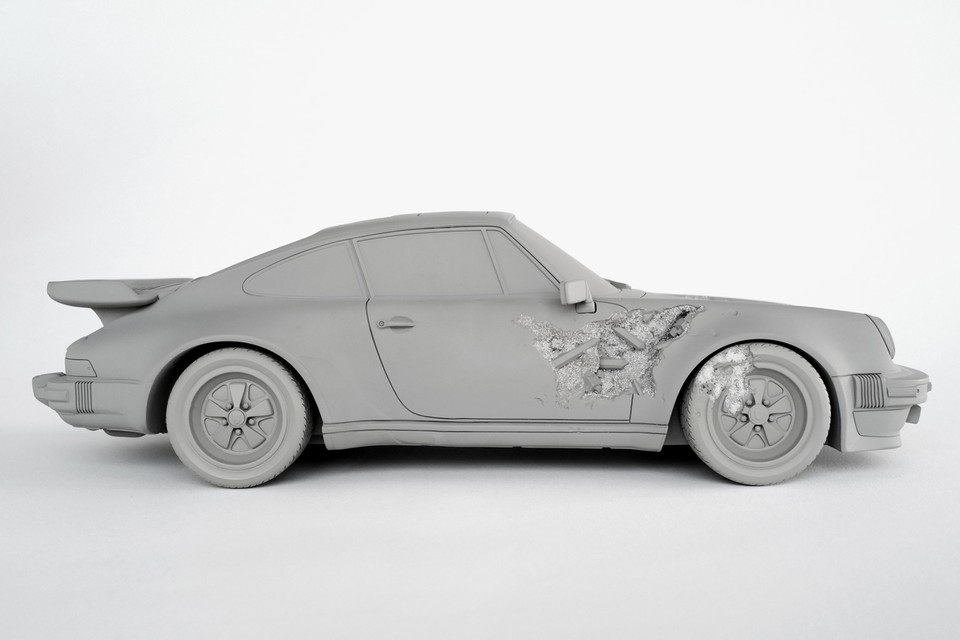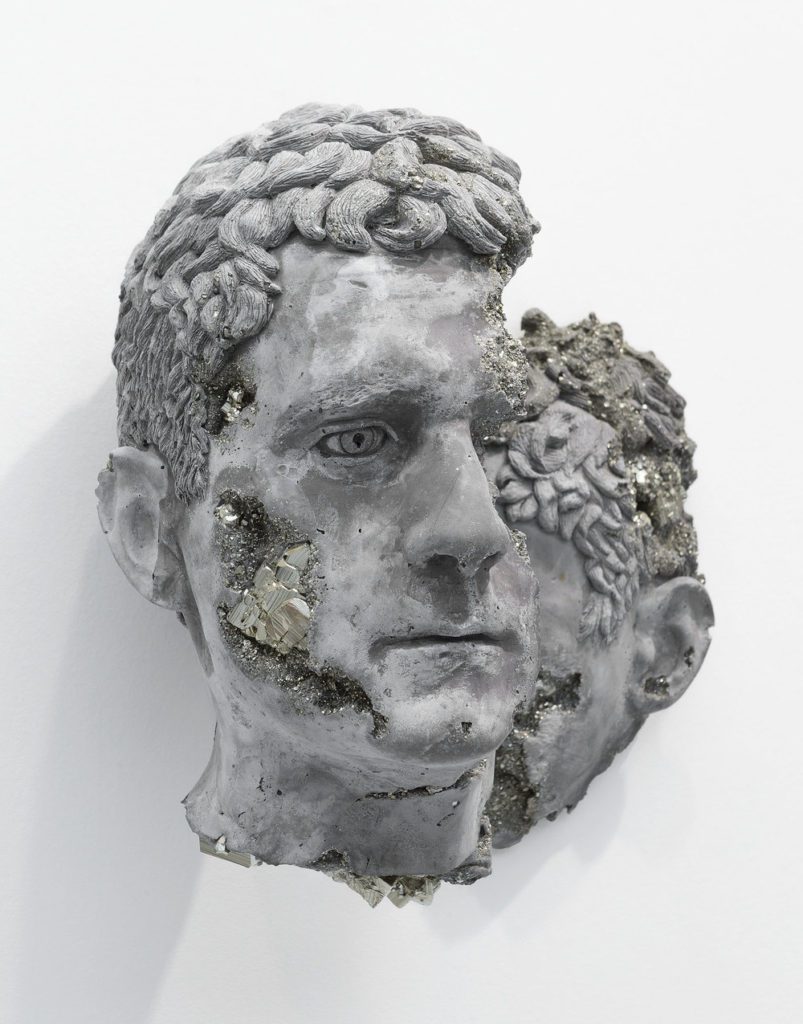Daniel Arsham INTERVIEW
What is the significance of the ideas of time and decay in your work?
Archaeology has always inspired me, especially the link between past, present, and future, in
the sense that we are able to view an item from the past while it exists in the present, the
process of erosion, etc.

Decay is an interesting process because it is happening constantly, therefore everything that
exists contemporarily will eventually become an archeological object or relic of some sort.
How does the contrast between perfection and fragility play into your work?
There’s a balance of that in life, in general. I think the aspect of erosion or relics in my work
points to the idea that there is no perfection. Everything is fragile and decaying while actively
fusing together.

Who do you look up to and why? Doesn’t have to be an artist.
I draw a lot of creative inspiration from the people around me. Many of my closest friends work
in the fashion and music industries.

Is there any significance to the different crystals/minerals you use in your sculptures?
The crystals in combination with the erosions in my artwork are symbolic of time and help to
project these objects into the future. Enough time has passed that the objects have begun to
erode and decay, while new crystal formations have had time to grow as if 1000 years have
passed.

Do you have a most intimate or personal sculpture that you’ve made? Could you tell the
story behind it?
Many of my early paintings and sculpture installations draw from my childhood experience of
living through a hurricane that destroyed my family home in 1992. That experience led me to
question what architecture can and can’t do.





